Introduction
A Fluorescence Microscope is used to observe fluorescent or phosphorescent substances. Its principle involves illuminating the sample with light of a specific wavelength (or band), which is absorbed by fluorophores that then emit light at a longer wavelength. An emission filter is used to separate the emitted light from the excitation light, and this emission is then directed onto a detector to form a fluorescence image. In recent years, fluorescence microscope systems have been widely applied in biological research, for example, to observe fluorescently labeled biomolecules, making fluorescence microscopy increasingly important.
Key Features of the FM100 Fluorescence Microscope System:
- Optional standard working distance / long working distance objectives;
- Imaging optical path: 1X (tube lens focal length of 180mm), with customizable reduction lenses for different magnifications;
- Image plane size: 25mm;
- Spectral range of the optical path: Visible light;
- Camera interface options: C / M42 / M52, etc. (optional);
- Illumination options: Critical illumination / Köhler illumination (optional);
- Light source: 3W LED with a wavelength of 365nm;
- Fluorescence module: DAPI single bandpass UV filter (excitation: 365nm, emission: 445nm, dichroic mirror: 405nm), customizable;









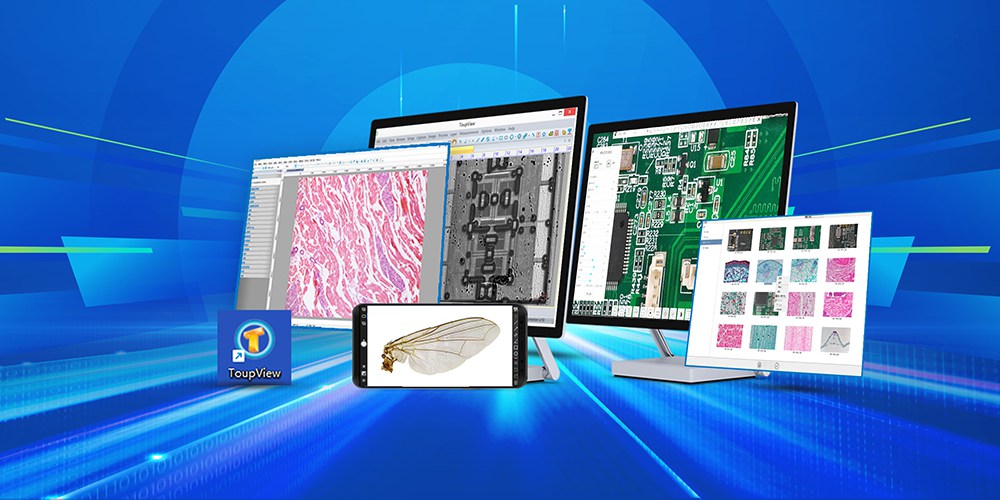

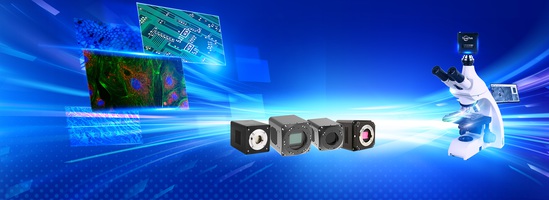

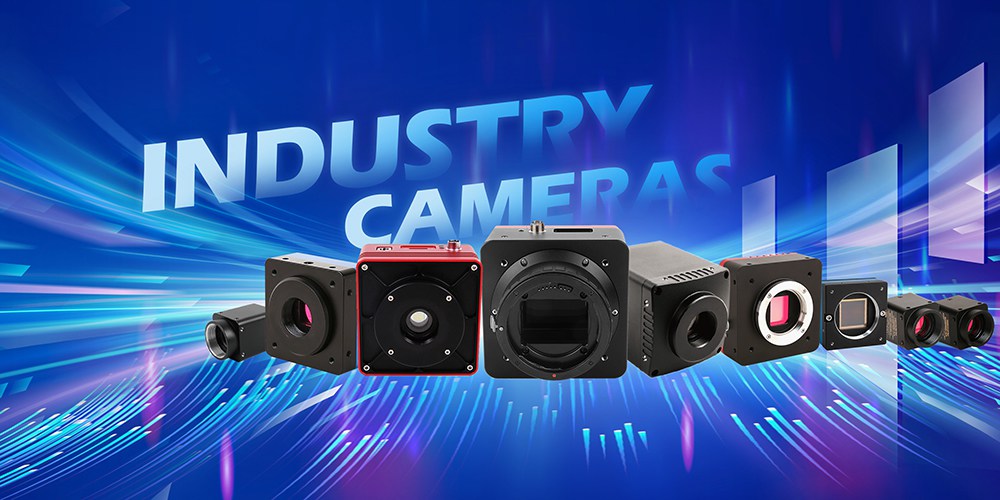
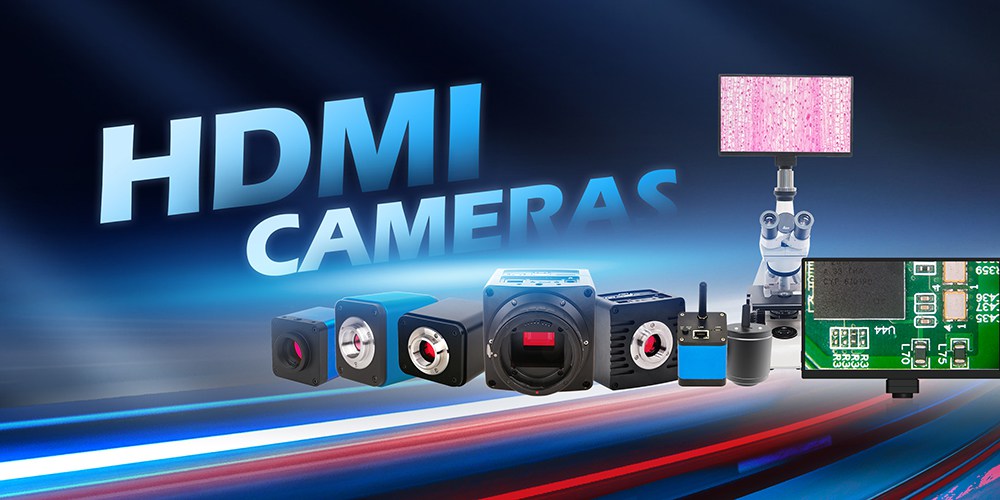
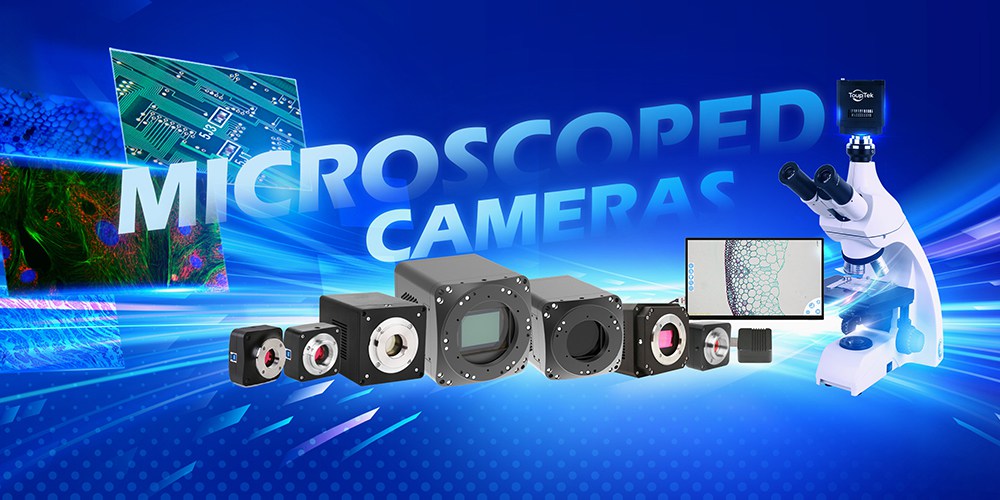
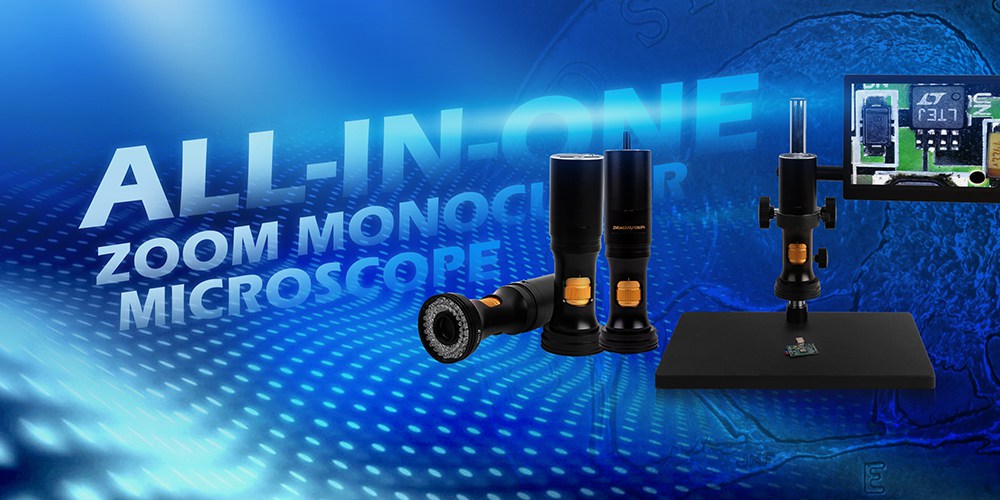
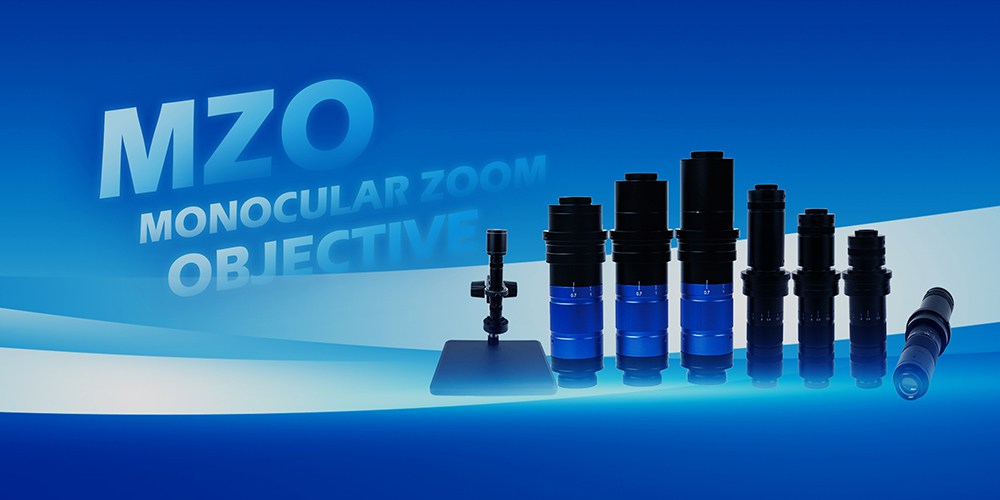
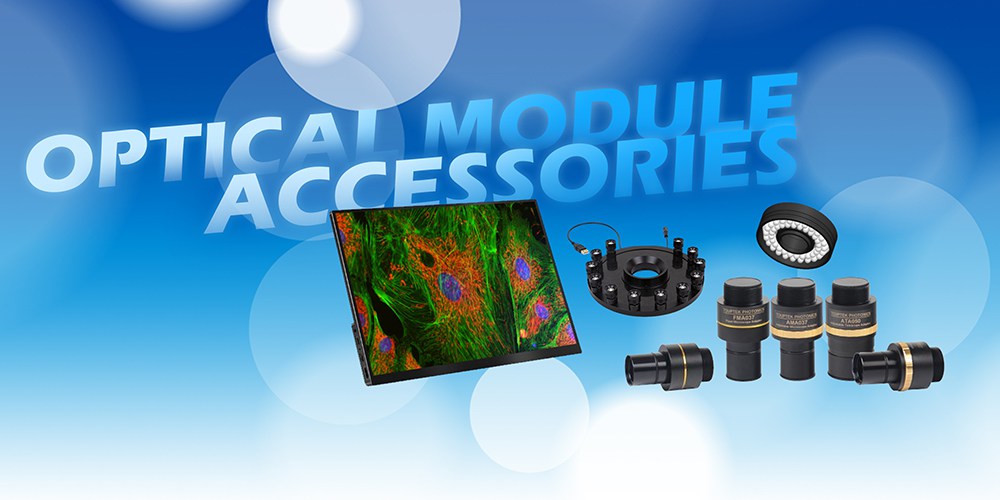

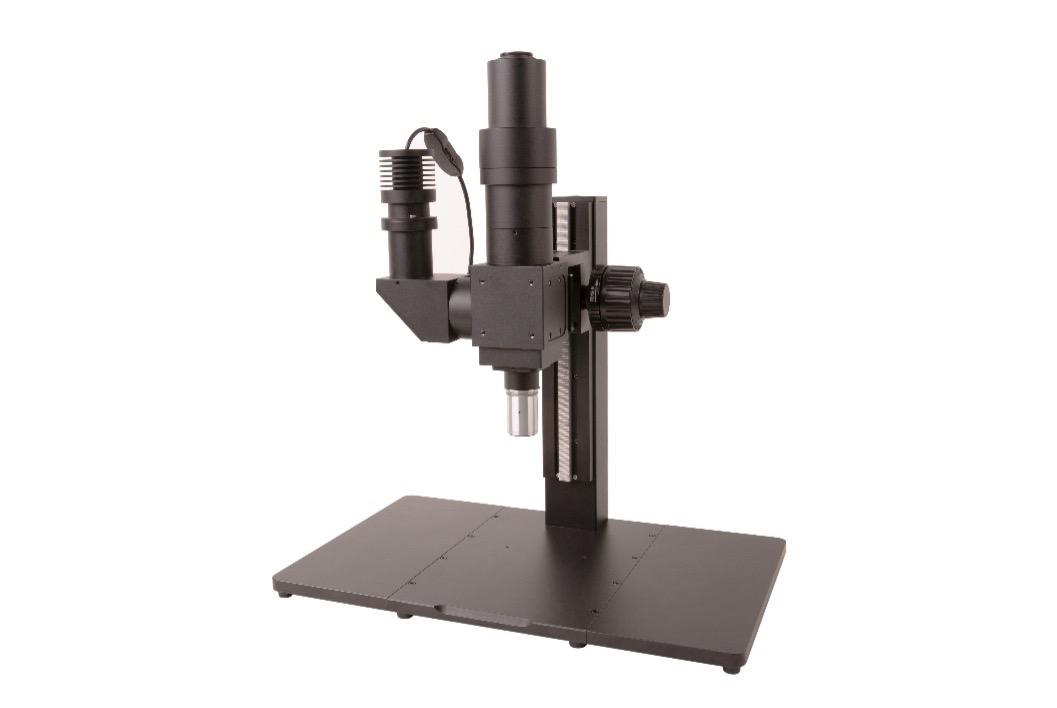
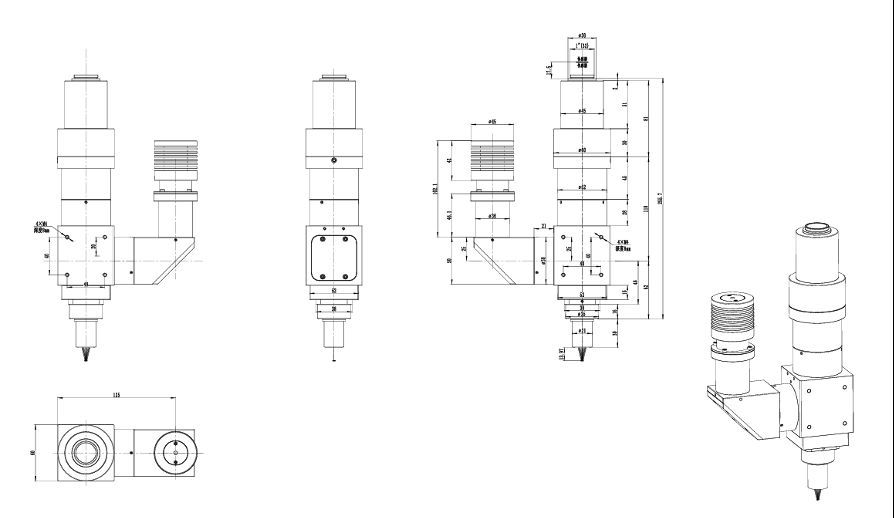
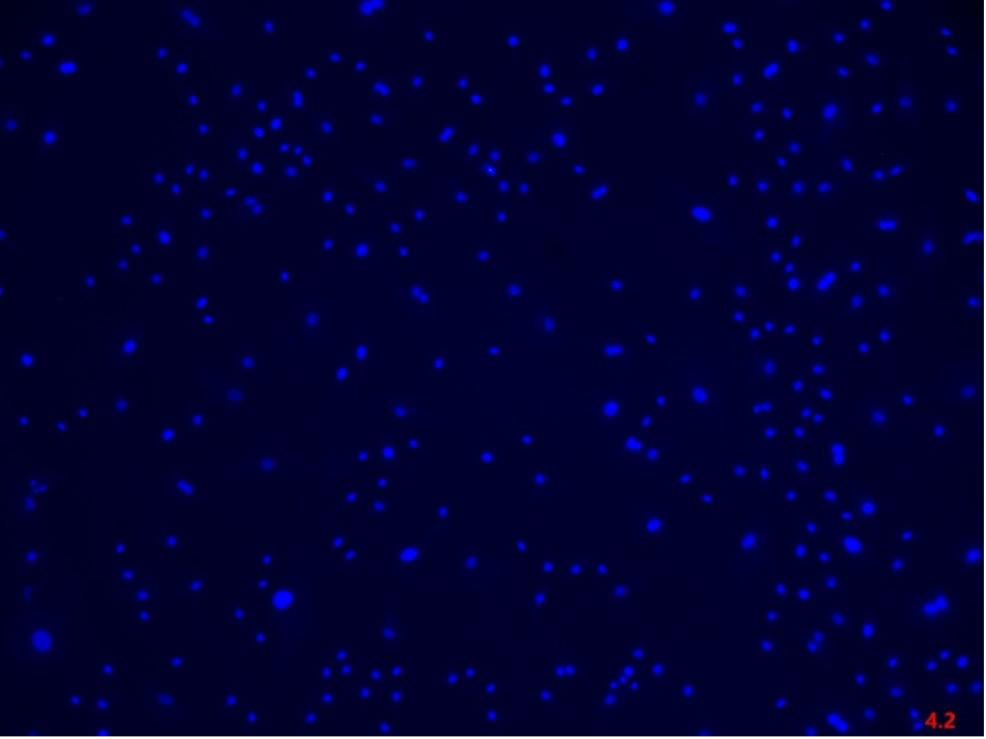
Standard Working Distance Objective Parameters (45mm parfocal)
Order code
Magnification
NA
WD/mm
Focal length(mm)
Resolution(um)
OFOV(mm)
IFOV(mm)
Thread
Flour2.5XA
2.5X
0.075
6.2
80
4.46
10
25
M26*0.705
Flour5XA
5X
0.15
23.5
39
2.2
5
25
M26*0.705
Flour10XA
10X
0.30
22.8
20
1.1
2.5
25
M26*0.705
Flour20XA
20X
0.40
19.2
10
0.8
1.1
25
M26*0.705
Flour50XA
50X
0.55
11
4
0.6
0.44
25
M26*0.705